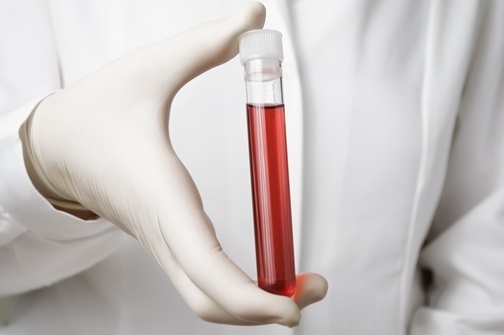
The process of cord blood volume reduction involves removing the plasma and red blood cells from umbilical cord blood. It is done for a number of reasons including:
- To store the sample in a “ready-to-use” state that can be thawed and used very quickly
- Less DMSO (Dimethyl Sulfoxide) cryoprotectant is required because of the smaller sample sizes
- To maximise the number of Hematopoietic stem cells (HSCs) available for use
- To reduce the costs of storing the umbilical cord blood stem cells (smaller samples are cheaper to store)
In the early days of cord blood storage, Hydroxyethyl starch (HES) sedimentation was used to perform volume reduction (Solves P, 2015). This method was developed by the New York Cord Blood Bank and adopted as world’s best practice for a number of years. In the past few years, automated devices have proven themselves to be more efficient for cord blood volume reduction — reducing the risk of human error and the need for chemicals.
Automated systems are closed systems, which have higher reproducibility and comply with Current Good Tissue Practices (cGTP), a set of rules created by the U.S. Food and Drug Administration (FDA).
Automation helps standardize the outcomes from the volume reduction process by removing variables like human interaction. Processing is safe, efficient, and reliable and maximizes the number of viable stem cells from the sample.
AXP and SEPAX Automated Cord Blood Processing Systems
The two market leaders for automated cord blood processing are the AutoXpress® Platform (Thermogenesis®) available from CESCA™ Therapeutics Inc. and the Sepax® (Biosafe® SA).
Both systems benefit from using a closed environment which does not require human interaction. This helps ensure the sterility and safety of the sample.
The research paper Meta-Analysis of the AXP® and Sepax® Automated Cord Blood Processing Systems examines the key differences between the two technologies (Kim, Wilke-Douglas & Sivilotti, 2015). The systems were evaluated by the number of stem cell and progenitor cells recovered, and the percentage of red blood cells (RBC) removed from the sample. The researchers went on to compare their results with other studies to determine if their findings were consistent with other research projects.
The key findings of their research were:
- The AXP system when used without Hydroxyethyl Starch (HES), outperforms the Sepax system (with or without HES)
- The MNC and CD34+ stem cell recovery rates were higher with AXP — average MNC/N: 94.5% vs 86.7% and average CD34+/N: 97.3% vs 92.3%
- The MNC rates were particularly important because they include hematopoietic stem and progenitor cells at different stages of maturation, as well as lymphocytes, monocytes, and macrophages.
- The AXP system without HES also provided superior red blood cell reduction compared to Sepax system (average RBC reduction %/N=87.5% vs 81.6%, respectively).
The AXP system is FDA-approved, functionally closed, automated and provides results superior to competing automated systems. Researchers also noted that the device has greater throughput, saving on processing time. The fact the AXP system does not require the use of Hydroxyethyl starch also eliminates any risks associated with its use.
Cells4Life Use AXP Cord Blood Volume Reduction Technology
Cells4Life chose the AXP system for cord blood volume reduction because the available research has demonstrated its superiority. We only use the world’s best technology and best practices when processing and storing the umbilical cord blood stem cells.
Other cord blood banking companies in Dubai continue to use the Sepax system for processing cord blood, which results in lower stem cell counts and more red blood cell contamination risk. If you have any more questions about our procedures and technology, please contact Cells4Life today!
Sources
Solves P, e. (2015). Volume reduction in routine cord blood banking. – PubMed – NCBI. Ncbi.nlm.nih.gov. Retrieved 25 August 2015, from http://www.ncbi.nlm.nih.gov/pubmed/20528760
Kim, C., Wilke-Douglas, M., & Sivilotti, M. (2015). Meta-Analysis of the AXP® and Sepax®Automated Cord Blood Processing Systems (1st ed.). Cesca Therapeutics. Retrieved from http://cescatherapeutics.com/wp-content/uploads/2015/06/380118-A.pdf


